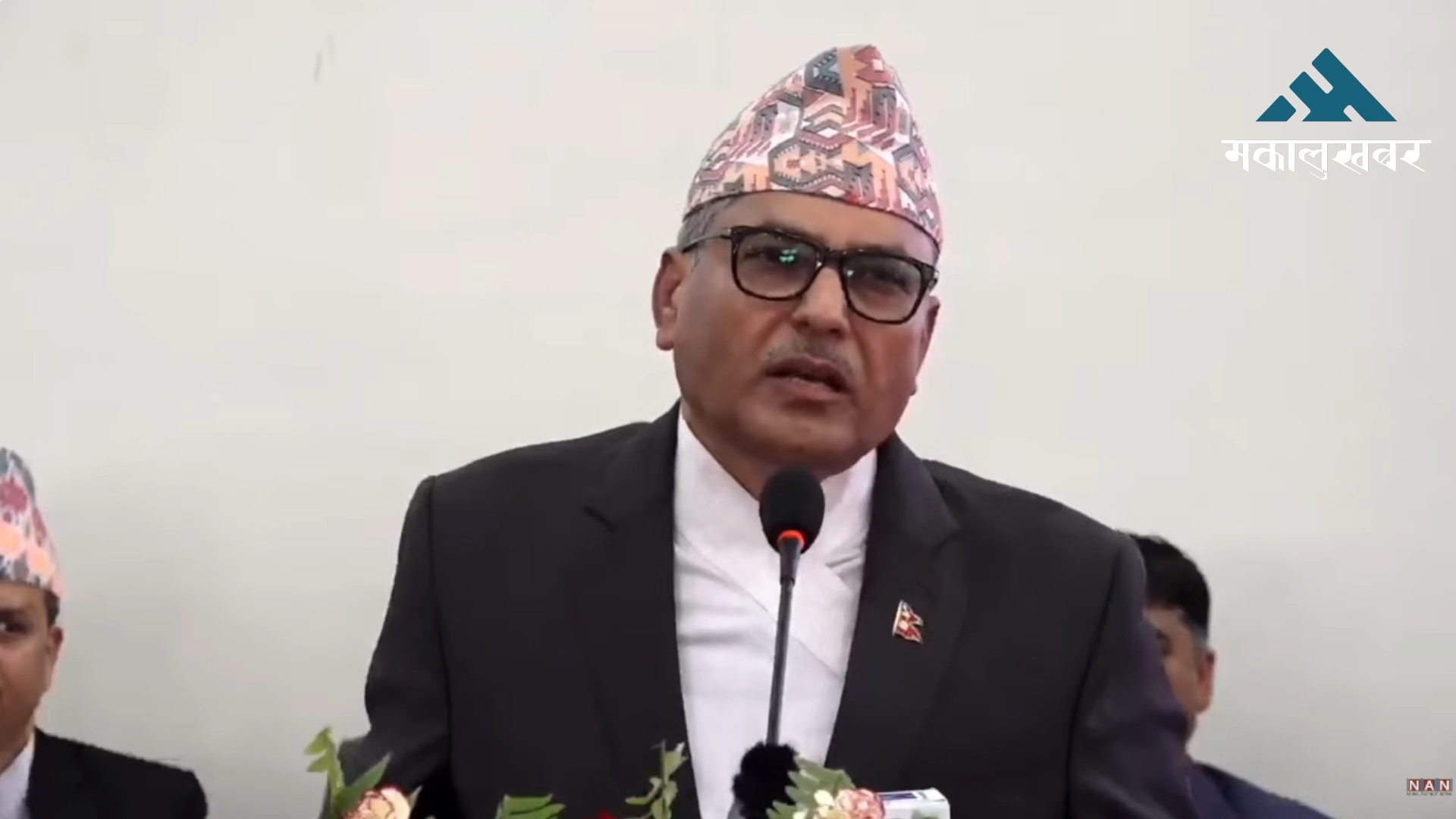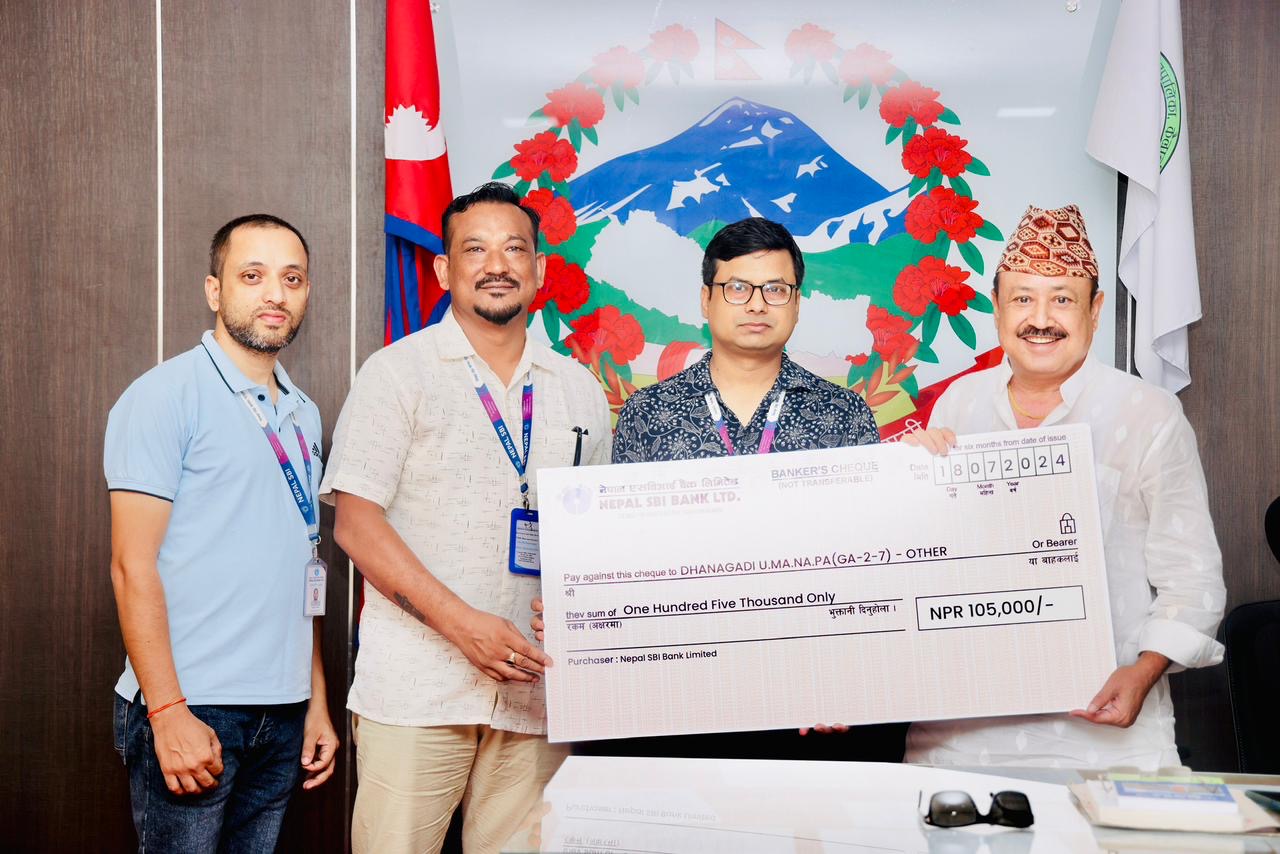Honey hunting in cliffs: A boon for income & tourism
Honey hunting emerging as a means of income generation and tourism promotion.
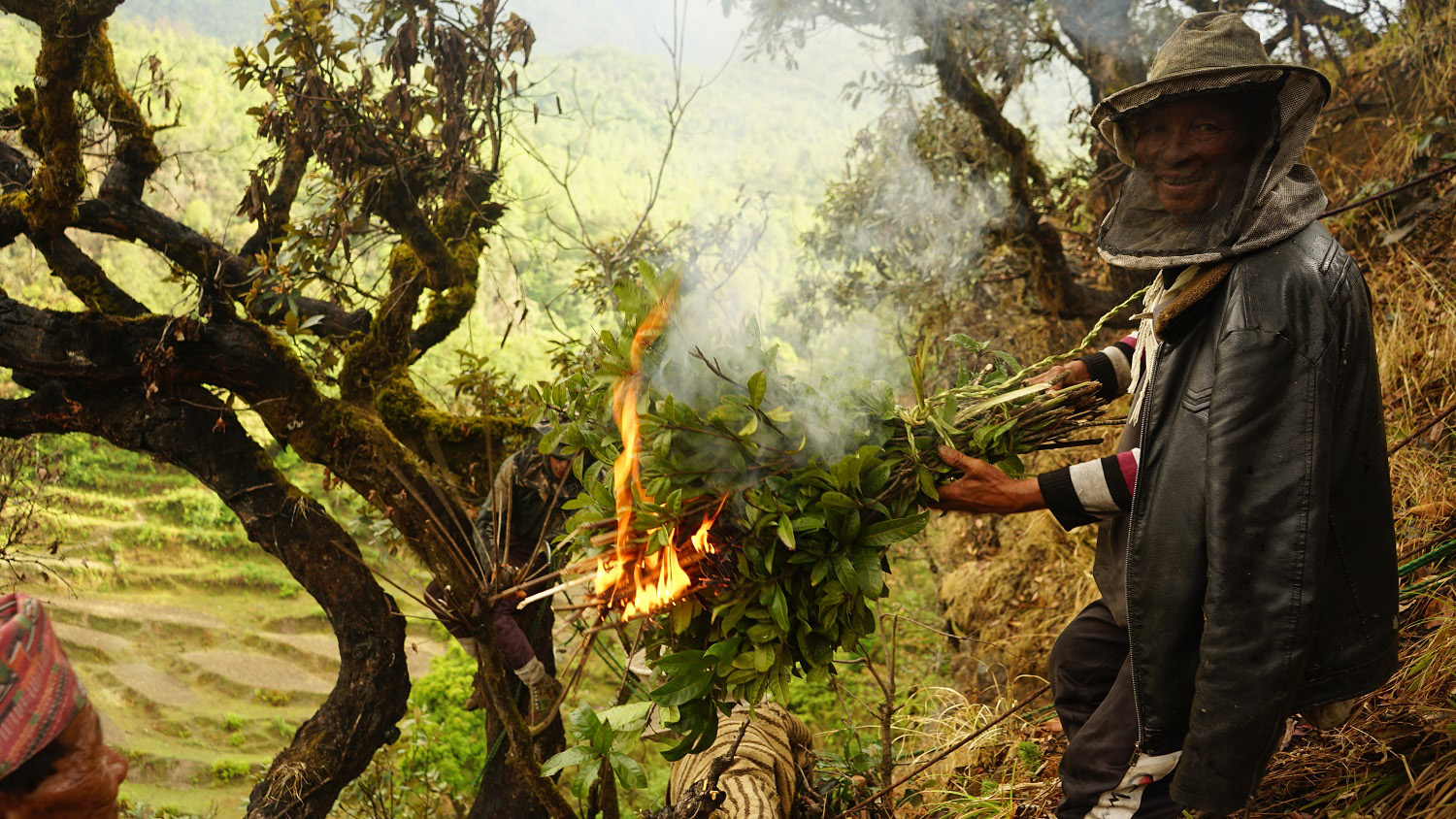
KATHMANDU: Honey hunting in the cliffs of the country is developing as a means of income generation and tourism promotion.
Prem Prasad Pun, the chair of Dhaulagiri Rural Municipality, stated that tourists are coming to observe honey hunting, and consumers are reaching the jungle to purchase honey, aiding rural income generation.
“Honey hunting in the dangerous cliffs during spring has become an attraction for tourists visiting the Dhaulagiri Circuit, Gurja, and Dhorpatan areas,” he said. “Hunters have also earned some income by selling the highly demanded cliff honey.”
Recently, a team of 10 led by Motiprasad Paija from Khoriya, Dhaulagiri Rural Municipality-2, extracted 300 liters of honey from the cliffs of Mangal Rural Municipality-1, Thaibang.
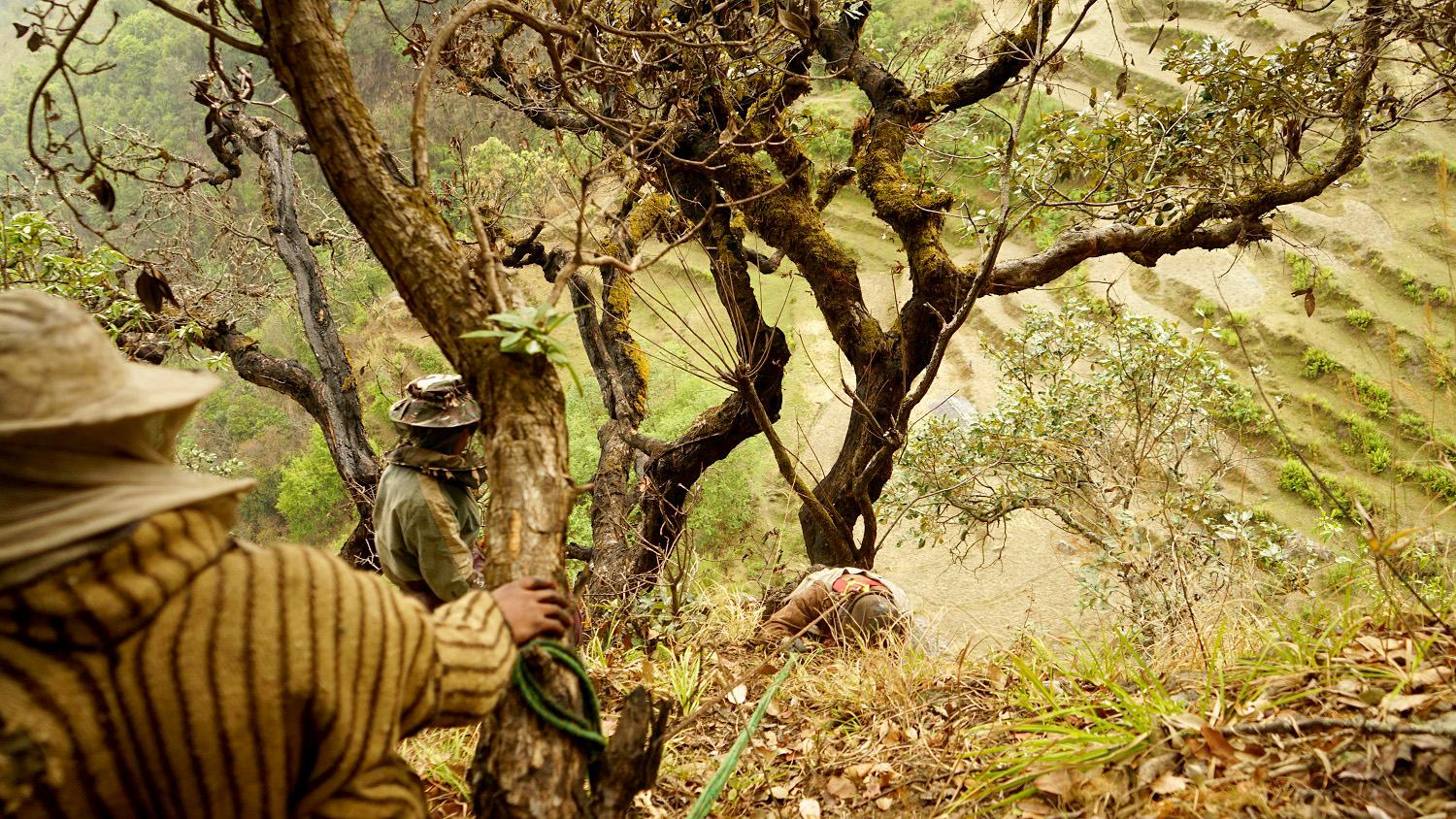
On Tuesday, the same team extracted 30 liters of honey from Khoriya’s cliff.
Lok Bahadur Paija’s team extracted 70 liters of honey from the cliffs of Swaant. Honey hunting in Swaant will continue today.
Dhaulagiri Rural Municipality’s Vice Chair Resham Pun Magar stated that honey hunting has provided employment and income opportunities to the unemployed in the village.
A honey hunting team usually consists of at least 10 members. Honey hunters from Myagdi are hired from Kaski and Baglung on a wage basis. To cut the honeycomb from the cliffs, hunters use ropes (parang) to hang and extract honey, explained Sab Bahadur Chochnagi Pun, a member of Khoriya’s honey hunting team.
Spring and autumn are considered the ideal seasons for honey hunting. In spring, honey is harvested from lower altitudes, while in autumn, it is harvested from higher altitudes. In Myagdi, cliff honey is sold at prices ranging from Rs 2,500 to 3,500 per liter.
Honey, known for its delicious taste, health benefits, and energy-boosting properties, as well as its use in religious rituals, is often purchased in advance by customers before it is even harvested, said honey hunter Lok Bahadur Paija from Annapurna-5, Swant.

“Residents of the village, market, and customers from abroad come to the jungle to buy honey,” he said. “There is no market problem for cliff honey.” To extract honey, a permit must be obtained from the Division Forest Office by paying a fee to the local community forest group.
Honey hunters are divided into two groups, one at the top and one at the bottom of the cliff.
The top group lowers ropes to the ground, while the bottom group collects and manages the honey.
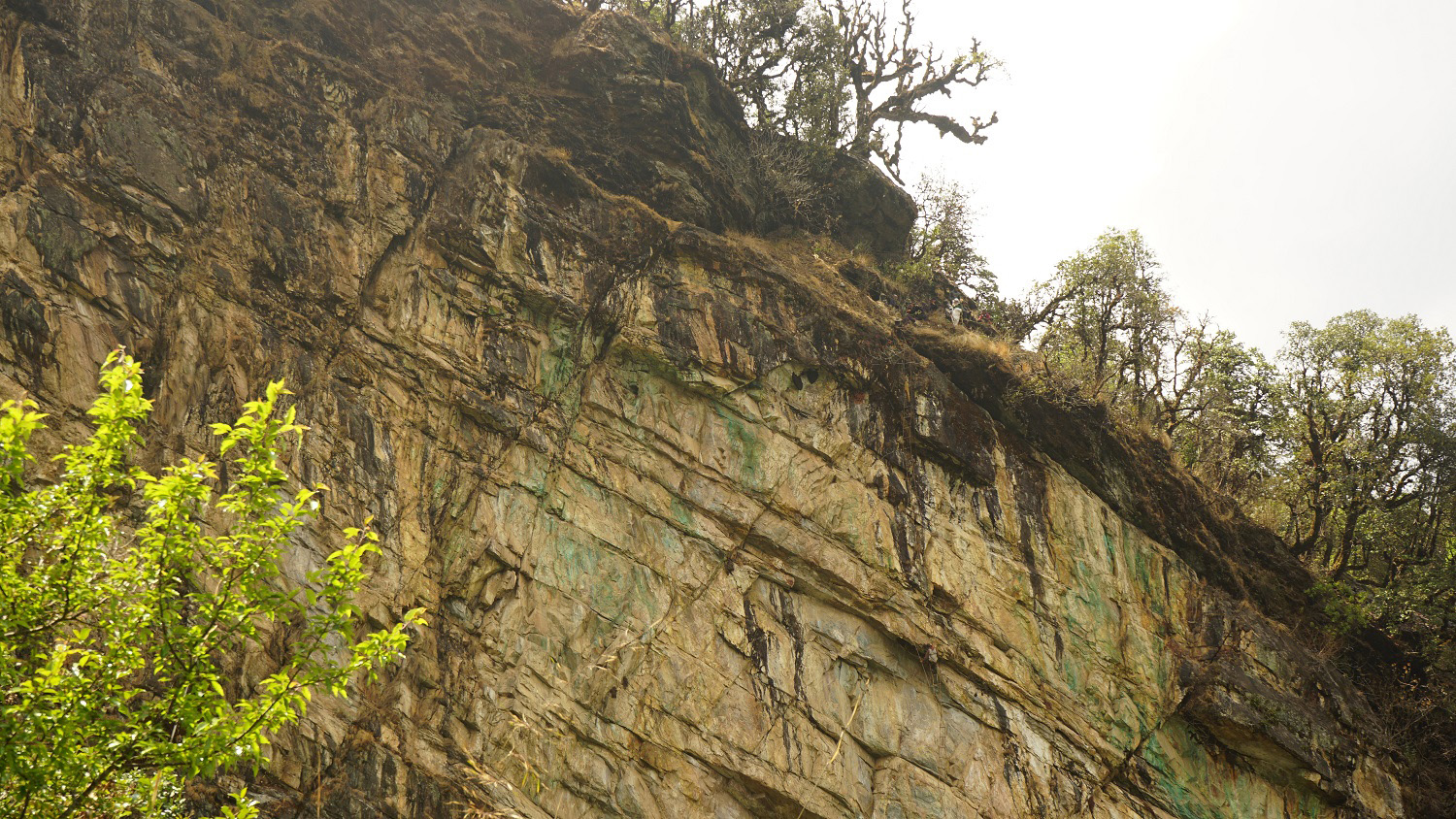
Special attention must be paid during extraction. When hunters use smoke to drive away bees, everyone hides in trees and caves to avoid bee stings.
After the bees have dispersed, the hunters emerge, making honey extraction easier.
The main hunter uses tools to extract the honey, which is then lowered to the ground using ropes, explained honey hunter Man Bahadur Chochnagi from Khoriya, Dhaulagiri Rural Municipality-2.


